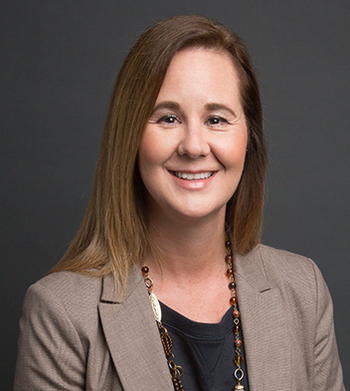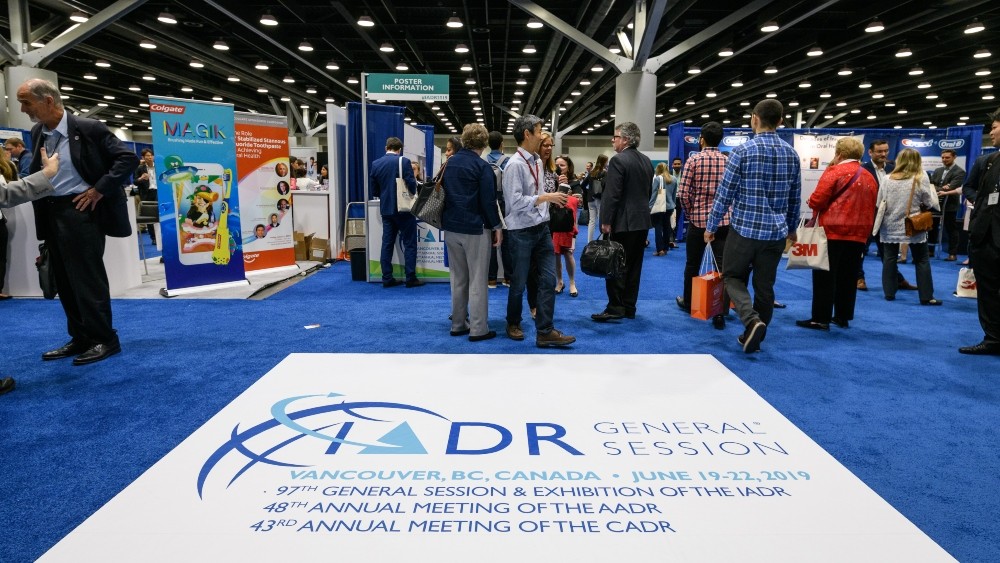The advantages of taking a meeting that is traditionally held in the U.S. across the border to Canada are many, from a currently favorable exchange rate to a division within the Canada Border Services Agency (CBSA) that is primed to make the transportation of materials go as smoothly as possible.
“A major benefit of taking meetings across the border is the value due to the favorable exchange rate that provides U.S. clients with essentially 25% to 30% savings, depending on the rate,” said Michelle Fernandes, coordinator, communications for Tourism Whistler. “There’s also an International Events and Convention Services Program that our team works with that allows for expedited cross-border shipments, with most of the shipments allowed to enter without duties or tariffs. Adding to the program, we also provide GST [goods and services tax] rebates to international groups.”
To begin the process of bringing a meeting from the U.S. to Canada, a meeting planner’s first call should be to Business Events Canada, a one-stop shop that assists with bringing all manner of meetings and incentives programs to Canada.
 “Destination Canada’s Business Events Canada team is really the best point of contact for any organization considering meeting in Canada,” said Chantal Sturk-Nadeau, executive director of Destination Canada’s Business Events Canada team.
“Destination Canada’s Business Events Canada team is really the best point of contact for any organization considering meeting in Canada,” said Chantal Sturk-Nadeau, executive director of Destination Canada’s Business Events Canada team.
“Business Events Canada offers impartial insights into our destinations. We can make introductions to industry partners, connect organizers with industry and academic leaders who can enrich their conference programming, and we can help conference planners locate their event in Canada.”
Photo: Chantal Sturk-Nadeau, executive director of Destination Canada’s Business Events Canada team.
Business Events Canada can also assist delegates in acquiring visitor visas where necessary.
Steps to Holding Your Meeting in Canada
Planners of conventions, meetings, tradeshows, exhibitions or events who want to bring their program to Canada should first register their event online with the Canada Border Services Agency (CBSA).
Alternatively, planners can contact the International Events and Convention Services Program regional coordinator at the location nearest to their event at least 15 to 30 business days prior to the event’s scheduled start date.
Of course, when it comes to planning any international meeting, sooner is always better, especially in regard to delegates who may require a visa or eTA (Electronic Travel Authorization) to enter the country. The Canadian Government offers a list of what documentation is required for residents of specific countries in the Immigration and Citizenship section of its www.canada.ca website.
It’s important to note that visitors cannot apply for a visa within 30 days of an event.
Business Events Canada also offers a Planning Toolkit to further ease the process of bringing a meeting to the country, or answer any questions meeting and event planners may have.
[Related: 7 Tips for Bringing Meetings Materials to Canada and Mexico]
The toolkit provides information about the following topics:
- Registering your event with CBSA
- Duties and taxes
- Hiring a customs broker
- Moving goods to the show
- Onsite and offsite clearance procedures
- Employment, immigration and visa requirements for speakers, exhibitors, meeting planners and delegates
- Visitor information
- General information for returning to the U.S.
U.S. Planners’ Advice for Bringing a Meeting to Canada
 Leslie Zeck, director of meetings for the International & American Associations for Dental Research (IADR), brought her Alexandria, Va.-based, 5,500-person group to Vancouver June 19-22, 2019, for its 48th Annual Meeting.
Leslie Zeck, director of meetings for the International & American Associations for Dental Research (IADR), brought her Alexandria, Va.-based, 5,500-person group to Vancouver June 19-22, 2019, for its 48th Annual Meeting.
Zeck echoes many planners who stress the importance of hiring a customs broker to facilitate transborder shipment of materials.
“First and foremost, it’s very important to hire a [customs] broker in Canada to get the lay of the land,” she said. “While it seems very simple, there are levels of complexity involved with shipping materials over a border. And work with the broker on a regular basis to make sure they make clear what the rules are.”
Photo: Leslie Zeck, director of meetings for the International & American Associations for Dental Research.
Custom-clearing specialists such as Davidson & Sons Customs Brokers can set up the process at no charge, hoping to earn business by providing services later in the process.
One lesson Zeck said she learned was that textiles cannot be brought back to the U.S. without having to pay very high fees if they weren’t manufactured in the U.S. This can apply to items such as logo-imprinted vests, t-shirts and registration bags.
Zeck’s co-worker, Christopher Flow, exhibits, sponsorship and meetings manager for IADR, said that while many IADR members are used to shipping materials internationally, some of its U.S.-based university members were not.
“It was all about educating them in advance about the extra forms—they can’t just go down to the FedEx down the street and ship them,” Flow said.
 Zeck and Flow offered the following pieces of advice for their fellow planners:
Zeck and Flow offered the following pieces of advice for their fellow planners:
- Even if planners ship materials to a hotel expecting to avoid the traditional exhibit cost of drayage, they still need to clear it through customs.
- Hire your customs broker at least six months in advance of the meeting and then determine generally what you’re going to ship so you can fill out the paperwork to get an accurate quote from the broker.
Photo: Christopher Flow, exhibits, sponsorship and meetings manager for IADR.
- Encourage exhibitors to communicate their shipping needs both to and from the show to their shipping provider early. This ensures more accurate quotes and no surprises regarding Canadian or U.S. customs costs.
- Ask your customs broker to put together a tool kit for exhibitors that includes information about shipping costs and customs and shipping forms.
- Customs clearance can take some time, so be sure to ship early to ensure it arrives at the show on time. We advise having the shipment picked up at least a month before the show, to avoid any rush costs shipping materials via air freight.
- Large exhibitors may have their own customs broker in place, so confirm with them and ensure they have your broker’s details for customs information. Customs can hold up a shipment for weeks without notifying the sender if there is not a Canadian broker listed.
- Documentation is key. Make sure every box is numbered and keep a detailed list of what is in each box. Color-code the labels so it’s easier to deliver them to different floors and locations in your venue. Request a copy of the list and all other information, such as the color-coding key, so the planning team can keep track of the boxes onsite.
The Nice Advantage: Canada Politeness Extends to Visiting Groups
Perhaps the biggest intangible asset is the friendliness of Canadians—so much so that many non-Canadians lovingly joke about their politeness. Canada Business Events’ Sturk-Nadeau maintains this cordial demeanor is reflected in its government’s efforts to assist incoming meetings and conventions groups.
“Canada is a welcoming country and our federal government offers tools such as the International Events and Convention Services Program (IECSP) to help conference organizers expedite moving their trade show materials and exhibits across the border, and they can also assist delegates in acquiring visitor visas where necessary,” she said. “Where other countries may restrict access, Canada opens its arms to the world.”
Read next: A Planners' Guide: Shipping Event Materials Across U.S. Borders Into Canada and Mexico







